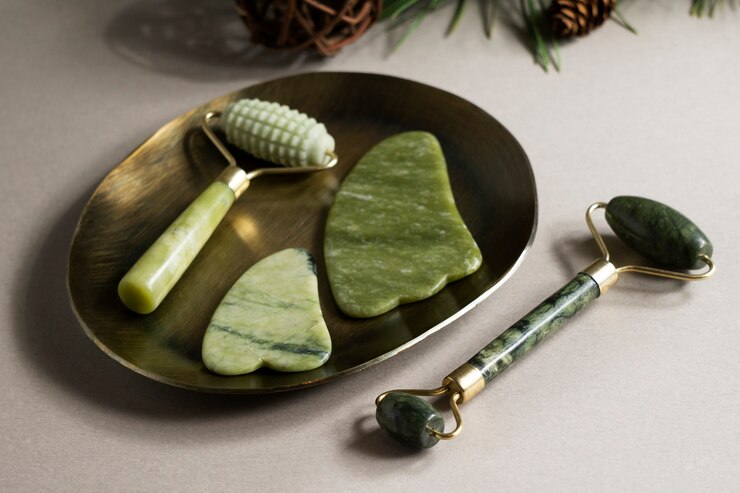The Norfolk Island Pine (Araucaria heterophylla) is a popular ornamental plant known for its symmetrical growth and needle-like leaves. While often mistaken for a traditional pine, it raises an intriguing question: is it a monocot or dicot? The answer lies in its classification as a gymnosperm, setting it apart from both monocots and dicots.
In this article, we’ll explore the detailed characteristics of Norfolk Island Pine, its classification, and why it doesn’t fit into the monocot or dicot categories.
Understanding Plant Classifications
What Are Monocots and Dicots?
Monocots and dicots are two main categories of angiosperms, or flowering plants. The primary difference lies in the number of cotyledons (seed leaves) they have:
- Monocots have one cotyledon. Examples include grasses, lilies, and orchids.
- Dicots have two cotyledons. Examples include roses, oaks, and sunflowers.
These groups also differ in leaf vein patterns, root structures, and flower arrangements.
Introducing Gymnosperms
Gymnosperms are a separate category of plants that reproduce using seeds but do not produce flowers. Their seeds are exposed, unlike the enclosed seeds of angiosperms. Conifers, cycads, and ginkgoes are common examples of gymnosperms.
Norfolk Island Pine: Gymnosperm Characteristics
The Norfolk Island Pine is a gymnosperm, meaning it doesn’t belong to the monocot or dicot groups. Instead, it exhibits the defining features of gymnosperms:
- Exposed Seeds: The seeds develop in cones, not enclosed within fruits.
- Multiple Cotyledons: Gymnosperms, including Norfolk Island Pine, typically have more than two cotyledons. This plant often has four cotyledons.
- Needle-like Leaves: Its foliage consists of narrow, tough, needle-like leaves, unlike the broad leaves seen in dicots or the parallel-veined leaves of monocots.
Scientific Classification of Norfolk Island Pine
The scientific taxonomy of the Norfolk Island Pine highlights its gymnosperm identity:
| Category | Details |
| Kingdom | Plantae |
| Division | Pinophyta |
| Class | Pinopsida |
| Order | Pinales |
| Family | Araucariaceae |
| Genus | Araucaria |
| Species | A. heterophylla |
Its placement in the Araucariaceae family reflects its evolutionary roots dating back to the Mesozoic Era, making it a living relic of prehistoric plant life.
Key Features of Norfolk Island Pine
The Norfolk Island Pine is admired for its distinctive appearance and adaptability.
- Symmetrical Growth: Its branches grow in a perfectly symmetrical whorl, giving it a unique, pyramid-like structure.
- Adaptability: It thrives in both outdoor landscapes and as an indoor potted plant.
- Durability: The tree is resilient in various climates but prefers subtropical conditions.
Why the Norfolk Island Pine Is Misunderstood
Many people incorrectly associate Norfolk Island Pine with flowering plants and try to classify it as a monocot or dicot. This confusion arises because most plants people encounter are angiosperms. The Norfolk Island Pine, as a gymnosperm, doesn’t produce flowers or fruits, distinguishing it from the angiosperm classifications.
Comparison Table: Monocots, Dicots, and Gymnosperms
Here’s a simplified table to understand the differences:
| Feature | Monocots | Dicots | Gymnosperms (e.g., Norfolk Island Pine) |
| Cotyledons | 1 | 2 | Multiple |
| Leaf Veins | Parallel | Net-like | Needle-like or scale-like |
| Seeds | Enclosed in fruits | Enclosed in fruits | Exposed in cones |
| Flowers | Yes | Yes | No |
Practical Applications of Norfolk Island Pine
The Norfolk Island Pine is widely used for decorative purposes. It’s a favorite choice for holiday decorations due to its Christmas tree-like appearance. Additionally, it is an excellent indoor plant, thriving with minimal maintenance under the right conditions.
Conclusion
The Norfolk Island Pine (Araucaria heterophylla) is neither a monocot nor a dicot but a gymnosperm, a group of plants that predates flowering plants. Its unique features, such as needle-like leaves and exposed seeds, set it apart. Understanding its classification helps avoid common misconceptions and highlights its evolutionary significance.
Whether you’re looking for a resilient ornamental plant or exploring the wonders of plant taxonomy, the Norfolk Island Pine stands as a fascinating example of gymnosperm diversity.
FAQs About Norfolk Island Pine
- Can Norfolk Island Pine be grown from cones?
Yes, Norfolk Island Pine seeds are found inside its cones. These seeds can be harvested and planted, but germination can take several months and requires specific conditions, such as warm temperatures and moist soil. - What makes Norfolk Island Pine different from true pine trees?
Norfolk Island Pine belongs to the Araucariaceae family, whereas true pine trees are part of the Pinaceae family. It also lacks the resinous cones and needle arrangements typical of true pines. - Can Norfolk Island Pine be used as timber?
Yes, in its native habitat and other tropical regions, Norfolk Island Pine is harvested for its wood, which is durable and commonly used in construction and furniture-making. - What pests or diseases commonly affect Norfolk Island Pine?
Norfolk Island Pine can be affected by pests like spider mites, scale insects, and mealybugs. Overwatering can lead to root rot, while low humidity can cause browning of the leaves. - Does Norfolk Island Pine require pruning?
Pruning is not necessary for Norfolk Island Pine unless you need to remove dead or damaged branches. Its symmetrical growth pattern is natural and does not require shaping.
Recommended Article:
- Comprehensive Guide to https://noticviralweb.blogspot.com/2024/04/erp-planificacion.html
- www.goodmooddotcom.com cruising category
- Make1M.com Luxury Yachts: The Ultimate Guide to Luxury and Elegance
- MHDMaxTV: Your Gateway to Exceptional TV Streaming
- The Exclusive T-Shirt That Says this Edition Is Limited PG23




















Leave a Reply